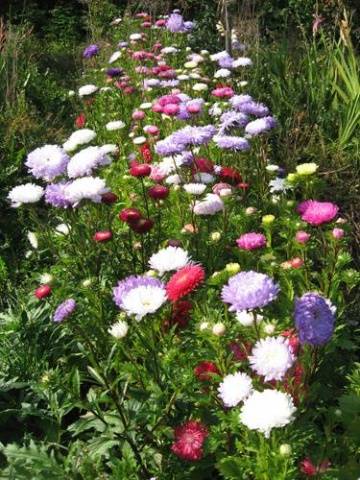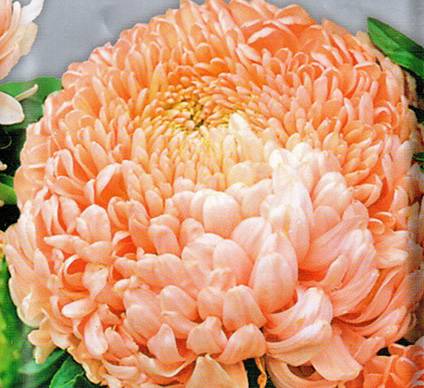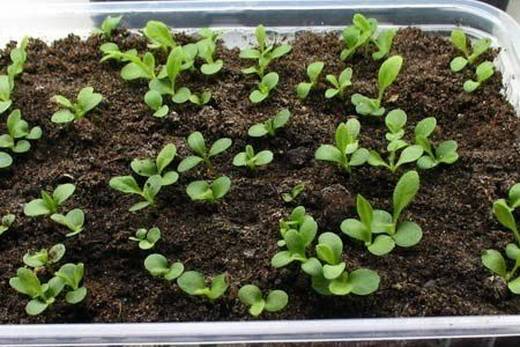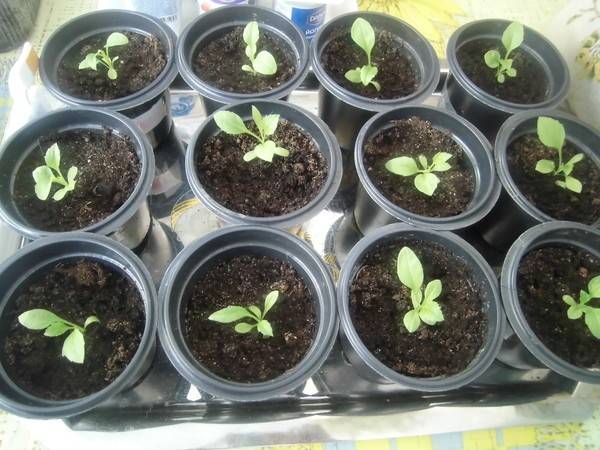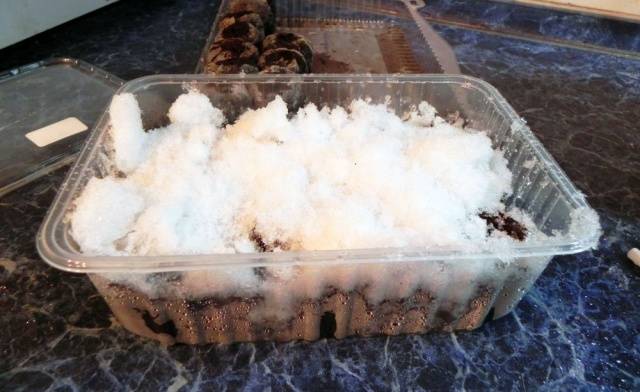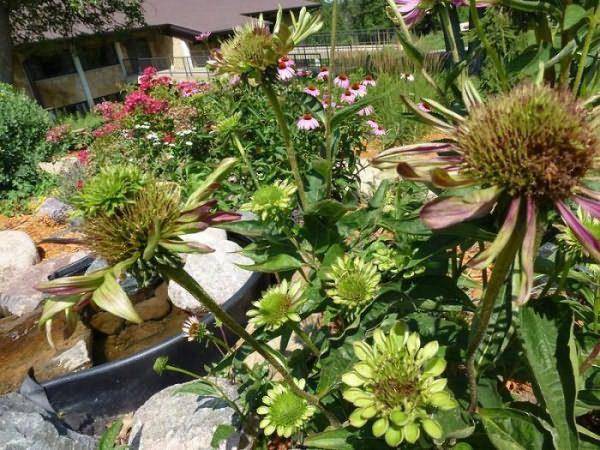Content
Lovers of autumn flowers grow different types of flowers in their gardens. flowers, including asters. These are amazing plants that delight the eye with unusual colors and flower shape. The pion-shaped aster is especially popular. The article will provide a description of the flower, features of cultivation and care.
Interesting Facts
The word aster is of Greek origin and is translated as "star". And this is really so, because in the fall, in the flower beds, these flowers resemble bright stars that have fallen from the sky. Since the flower has been grown since ancient times, there are many legends and beliefs associated with it.
According to one of the legends, a long time ago, stardust fell to the ground, from which beautiful flowers-stars later grew. According to legend, at night, earthly asters talk with celestial relatives.
In ancient Greece, star flowers were assigned the role of a talisman that could bring good luck. To receive the blessings of the gods, the Greeks began to plant flowers not only near sacred buildings, but also in their courtyards.
Currently, there are a huge number of species and varieties of astersthat attract gardeners with a variety of color palette and flower shapes.
Description
Pion-shaped aster, it can be clearly seen in the photo, it is decorative and long flowering. When all the flowers have already been killed by the first frosts, the flower beds with asters continue to delight with their multicolor.
The color palette of peony asters is varied:
- white and pink;
- burgundy and purple;
- yellow and pale lilac.
Bush
The flower has a well-developed root system. Stems are sessile and erect. The bushes are of medium height, depending on the variety, 40-70 cm. They branch slightly, therefore they retain the shape of the column. Flowering is long, the bright caps of the peony aster delight flower growers with their beauty from mid-summer to the end of September. In the southern regions, blooming asters can be seen in October.
Flowers
Aster flowers are peony-shaped. The inflorescence is a terry basket with reed petals directed towards the center, so the flower looks like a multi-colored ball. The outer elements of peony asters are long and straight, all subsequent ones decrease not only in length, but also in width with each row. The middle of the flower is attractive yellow. The basket can have a different diameter depending on the variety, the largest specimens reach 15 cm.
Aster varieties
There are many varieties of peony asters, for which you need to thank the breeders. Experienced gardeners note that it is better for beginners to start with the most popular varieties that are less demanding in care:
- Tower;
- Lady;
- Duchess.
Breeding features
The peony aster blooms until frost, since the cold is not terrible for her. In the middle regions of Russia and the zone of risky farming, it is best to plant grown seedlings in the ground. At this time, plants should be no higher than 6 cm with a well-developed root system.
Florists, especially those who are first engaged in the cultivation of peony asters, are interested in when to sow asters, and what methods of reproduction to use. The choice of sowing time for seedlings will depend on the expected start of flowering. Seeds can be sown on seedlings in March, April, and in open ground in thawed soil in late April, early May.
To grow lush asters, you need to know the timing of flowering:
- for early asters, 3 months are enough from the moment of germination;
- flowers of medium flowering time will take 110 days;
- late flowering varieties must be sown in 130 days.
And now in more detail about the different methods of breeding asters.
Seedling
Fertile soil is used for sowing aster seeds. The composition can be prepared by yourself or purchased at the store. When self-compiling the soil, be sure to add wood ash and sand.
The soil is spilled with boiling water with potassium permanganate a week before planting, because asters are very susceptible to black leg disease. Such a period is necessary for beneficial bacteria to start working in the soil.
Landing
Before planting, the seeds of peony asters are treated in a pink solution of potassium permanganate and immediately sown into the prepared soil to a depth of one centimeter. Then moisten the soil from a spray bottle so as not to wash out the seed, and cover with glass or foil. Seedling containers are placed on a well-lit window at a temperature not exceeding 18 degrees.
If the seeds of asters are fresh, then seedlings begin to appear in 8-10 days. Seedling care consists in moderate watering and, if necessary, additional lighting so that the seedlings do not stretch out.
Picking
Drainage must be put on the bottom of the cups, and on top is the composition of the earth that was used for sowing the seeds. A pick of asters is carried out when two leaves appear on the seedlings. The transplant must be done carefully, since the place where the stalk passes into the root is very fragile. Before diving, the soil is spilled and the seedlings are taken out for transplantation. In the first two days, the asters need to be shaded, in the future, provide good lighting.
Seedling care at home
Seedlings are watered in separate containers infrequently, but abundantly. Excess water will drain through the drain. Asters of any kind do not tolerate highly moist soil, as there is a possibility of developing a black leg. But it is also undesirable to dry out the soil, since the seedlings will begin to lag behind in growth. After all, she will have to spend energy on restoring turgor.
If fertile soil was used when transplanting pion-like asters, then the plants do not need feeding. But with depleted compositions, biofertilizers or wood ash extract can be used.
Stratification
Seeds of asters, including pion-shaped ones, sprout taut even in the first year of harvest. Germination can be accelerated by stratification.
Seeds are scattered on the prepared soil, and on top a thin layer of snow of one centimeter (photo below). Due to the temperature contrast, the seed hatches faster. First, the vessel is placed in the cold for 5-6 hours, then transferred to the heat. The emerging seedlings are immediately transplanted into peat tablets or pots.
Planting asters for seedlings:
Direct sowing in the ground
Peony aster can be grown in a seedless way. Plants turn out to be strong, because the seeds are hardened even before germination, and they calmly tolerate small frosts. Seeds are sown in April, and in May they can be planted in a permanent place.
This method of growing peony asters is possible in the southern regions of Russia. Plants are more resistant to disease, but they will bloom later than those planted by seedlings.
Outdoor cultivation
Plants grown by seedlings must be hardened before planting so that they have time to adapt to new conditions. Asters are transplanted to a permanent place, depending on the characteristics of the climate, in May or early June.
The flower beds are filled with fertile, breathable soil. Drainage from pebbles or special filler is laid down. This is a mandatory requirement, since asters die from stagnant water. Immediately after planting, the plants are watered.The next time they moisten the soil after 3 days, if there is no precipitation. Further care of flower beds with "asterisks" is simple:
- deletion weeds;
- loosening and hilling;
- top dressing;
- disease prevention.
As for feeding, you can use organic matter or mineral fertilizers, for example, Nitroammofosku or Agricol. Asters are fed twice: when transplanting, and then after another half a month. This will be sufficient if the soil is nutritious.
Diseases and pests
"Asterisks", resembling peonies in shape, like many flowers, suffer from diseases. That is why, in order to preserve the decorativeness of asters, it is necessary to carry out preventive treatments of plants. To do this, you can use Bordeaux liquid, chlorine-containing preparations.
What are asters sick with?
- If the crop rotation is incorrect, asters can suffer from fusarium wilting. You can notice the disease by the sluggish look of the plants and the falling of the petals. If a disease has been noticed, the flowers must be removed and burned.
- Powdery mildew arises from improper watering, insufficient fertile soil, or thickened plantings. The manifestation of the disease is noticeable by a gray-white bloom that appears on the stem and leaves. For the fight, drugs Topaz, Sulfamide are used.
- Asters suffer from fungal diseases. Features of the manifestation - dark ring-shaped spots on the leaves. The damaged parts of the plant are removed and burned. After that, plantings are sprayed with Fundazol or Polynomial.
- With jaundice, yellow spots form on the flowers. Unfortunately, the disease cannot be cured, the affected plants must be destroyed. Otherwise, you can lose all colors.
- To prevent the flowers from being struck by gray rot, at the beginning of budding it is necessary to carry out preventive treatment with copper-containing preparations. The cause of the appearance of a gray-white bloom on plants can be an excess of moisture and nitrogen. The disease is treated, the main thing is to promptly remove the damaged parts of the asters and process them.
Pests
When growing peony asters, one should not forget that it has its own enemies, with whom it is necessary to constantly fight:
- Leaf and gall nematodes. These are the smallest pests that suck the juices from the plant. You can spot enemies by the brown specks on the leaf blades between the veins. If the lesion is insignificant, then only the leaves are removed. In case of mass defeat, the entire plant is removed.
- Garden slugs. You can get rid of these pests by mulching the soil or exposing baits.
- Slobbering penny. The appearance of an enemy of a peony aster is possible by formations similar to thickly whipped foam on different parts of the plant. To get rid of it, it is enough to rinse the flowers under the pressure of a hose and spray with an infusion of garlic.
- Spider mite. This small insect appears in hot weather. For destruction, you can spray with infusion of onion peel or dandelion.
Conclusion
As you can see, asters, similar to peonies, are easy to grow if you follow the basics of agricultural technology. Then the flower beds will bloom in the garden all summer long, attracting bees and colorful butterflies. Landings with their multicolor will delight not only the owners, but also surprise the guests.
